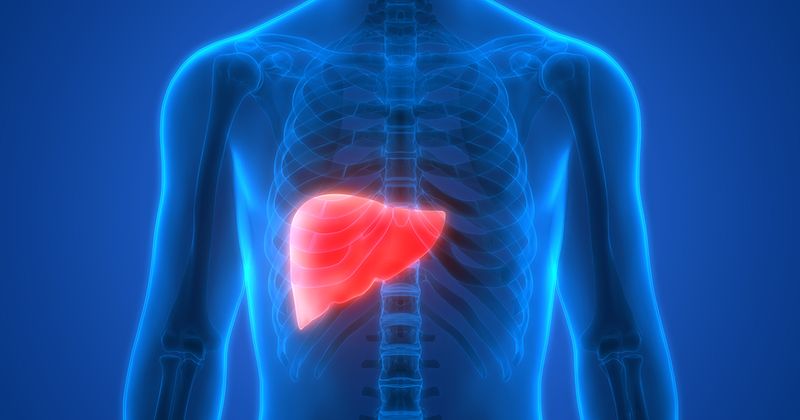Survodutide improves MASH without worsening of fibrosis in more than 64% at 48 weeks
Key takeaways:
- Fifty percent of patients treated with 6 mg survodutide had at least one stage improvement in fibrosis vs. 21.2% on placebo.
- Absolute reduction in NAS was 2.8 to 3.8 with survodutide vs. 0.4 with placebo.
Survodutide was superior to placebo and significantly improved markers of metabolic dysfunction-associated steatohepatitis without worsening of fibrosis, according to data presented at EASL Congress.
“I am particularly excited about the findings of the phase 2 trial in survodutide, which demonstrate the potential for glucagon agonism, in addition to GLP-1, to both improve MASH and shift the needle on fibrosis,” Arun Sanyal, MD, professor of medicine, physiology and molecular pathology at Virginia Commonwealth University School of Medicine, said in a related Boehringer Ingelheim press release. “These data position survodutide as a leading glucagon/GLP-1 receptor dual agonist that could be a game-changer for people living with MASH and clinically significant fibrosis.”

In a multinational, double-blind, phase 2 trial, Sanyal and colleagues recruited 295 adult patients (mean age, 50.8 years; 53% women) with biopsy-confirmed MASH, liver fibrosis and BMI of at least 25 kg/m2. Patients were randomly assigned to once-weekly subcutaneous survodutide 2.4 mg, 4.8 mg or 6 mg or placebo. The trial design included up to a 24-week dose-escalation phase followed by 24-week maintenance.
The primary endpoint was histologic improvement of MASH without worsening of fibrosis after 48 weeks of treatment. Secondary endpoints included improvement in fibrosis ( 1 stage decrease) without worsening of MASH, absolute change in nonalcoholic fatty liver disease activity score (NAS) and change in alanine aminotransferase and aspartate aminotransferase (AST).
According to study results, 113 patients had type 2 diabetes, 120 had F2 fibrosis and 103 had F3 fibrosis; at baseline, the mean NAS was 5.2 and mean BMI was 35.81 kg/m2.
At week 48, 64.3% of patients on survodutide 2.4 mg, 83% on 4.8 mg and 65.9% on 6 mg achieved the primary endpoint compared with 18.2% in the placebo group (P < .001 for all doses). In addition, 50% of patients assigned to the 6 mg dose achieved at least a 1 stage improvement in fibrosis without worsening of MASH vs. 21.2% on placebo. Absolute reduction in NAS ranged from 2.8 to 3.3 with survodutide vs. 0.4 with placebo.
Further, results demonstrated mean reductions from baseline of 37.5 U/L to 38 U/L in ALT and 28.1 U/L to 30.9 U/L in AST with survodutide and 6.2 U/L and 2.9 U/L, respectively, with placebo.
Researchers reported comparable incidence of adverse events between groups, with differences only noted in gastrointestinal disorders (84.9%–87.8% vs. 56.8%). Events which led to discontinuation occurred among 16.4% to 23% on survodutide vs. 2.7% on placebo.
“Today’s breakthrough fibrosis results further reinforce survodutide’s potential as a best-in-class treatment for people living with MASH. We will advance quickly into phase 3 trials,” Carinne Brouillon, head of human pharma at Boehringer Ingelheim, said in the release. “New treatments are urgently needed for MASH, a disease connected with cardiovascular, renal and metabolic conditions like obesity, and we are excited to continue these important discussions with health care authorities.”
Reference:
- Boehringer Ingelheim’s survodutide shows breakthrough improvement in liver fibrosis with no worsening of MASH in 64.5% of patients with F2 and F3 fibrosis. https://www.globenewswire.com/news-release/2024/06/07/2895231/0/en/Boehringer-Ingelheim-s-survodutide-shows-breakthrough-improvement-in-liver-fibrosis-with-no-worsening-of-MASH-in-64-5-of-patients-with-F2-and-F3-fibrosis.html, 2024. Accessed June 07, 2024.

